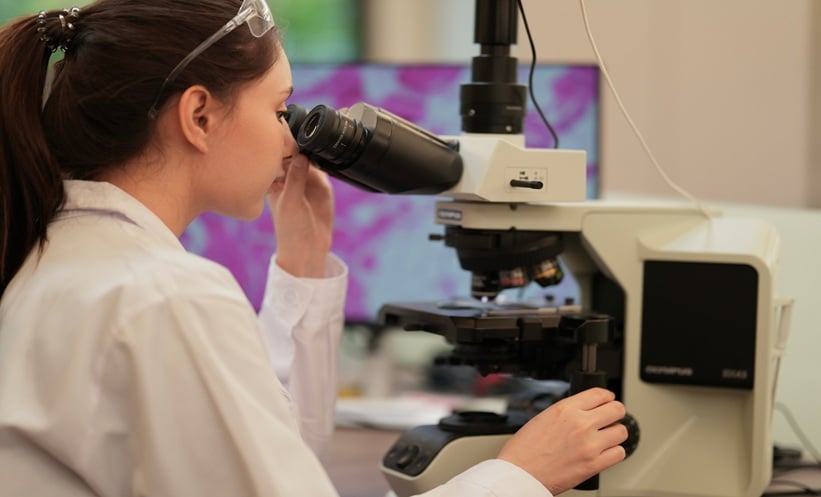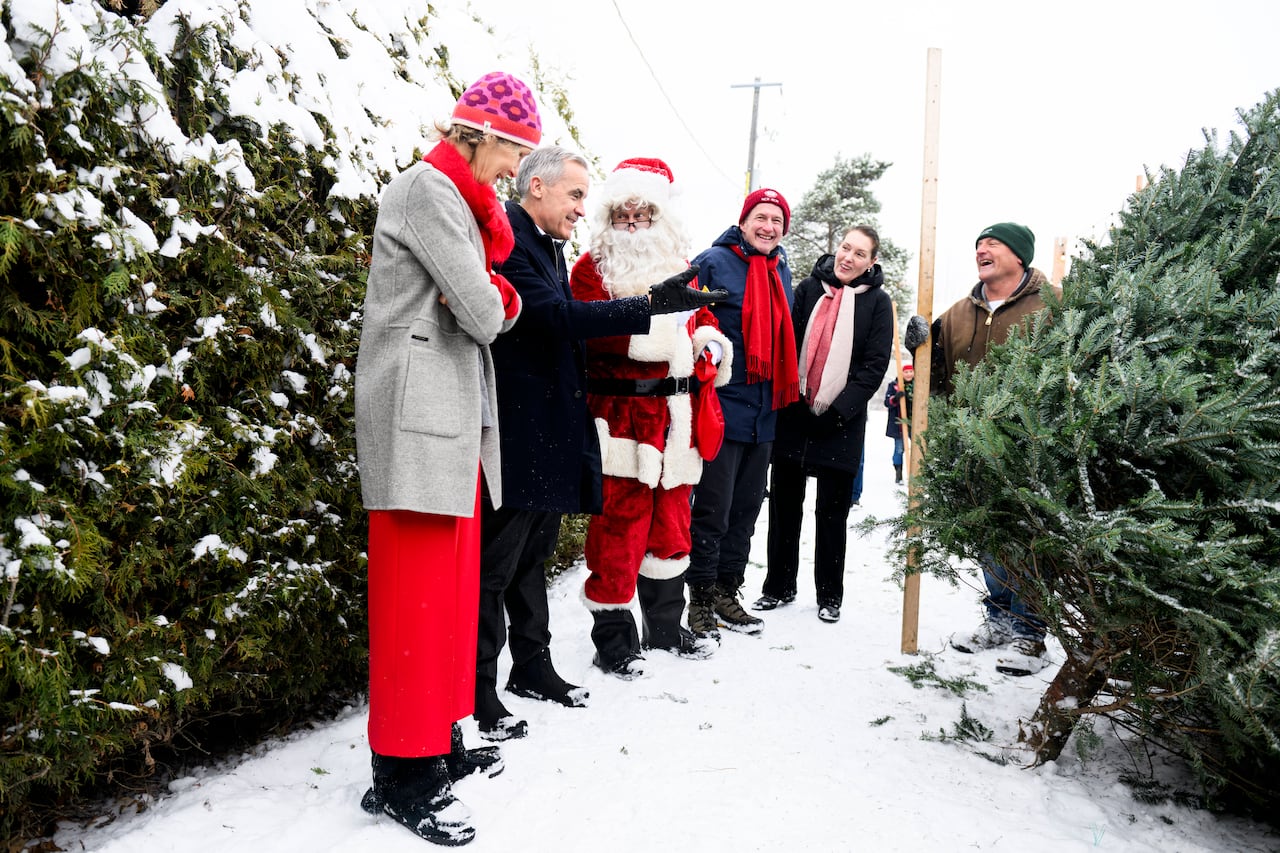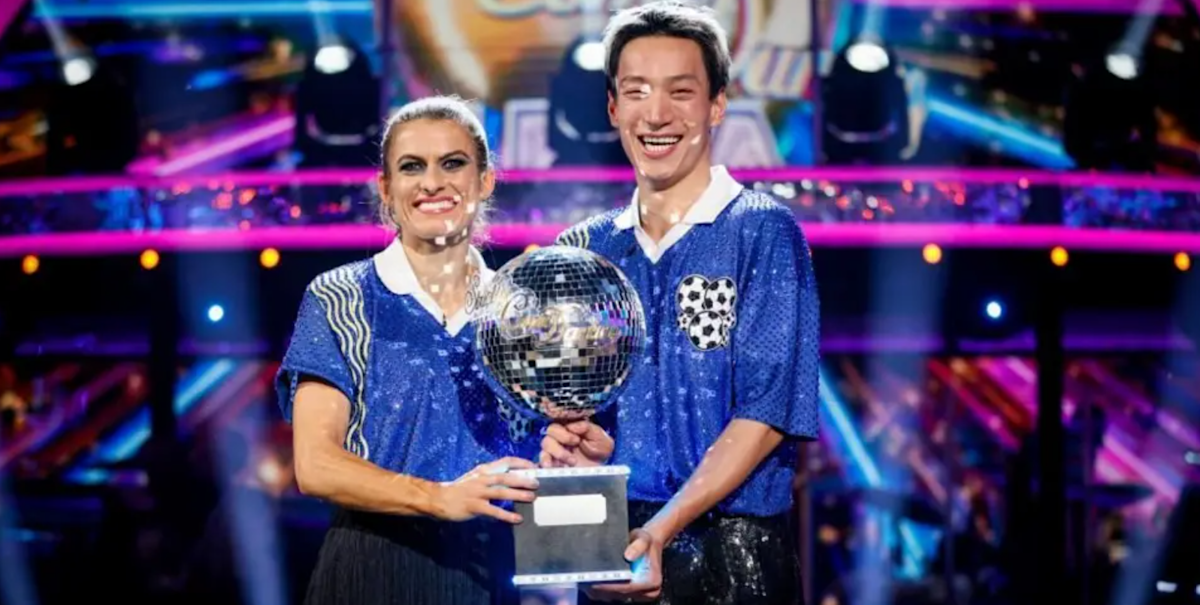…
Blog
-

Proteomic Biomarkers Linked To Bullous Pemphigoid Severity
A NEW study used high-throughput proteomics to uncover molecular clusters and biomarkers linked to disease severity in bullous pemphigoid (BP), offering insights that could guide personalised treatment strategies.
Bullous pemphigoid is a…
Continue Reading
-

What’s open and closed in Ottawa around Christmas
Listen to this article
Estimated 3 minutes
The audio version of this article is generated by AI-based technology. Mispronunciations can occur. We are working with our partners to continually review and improve the results.
Christmastime’s a-comin’, which means a slew of changes to shops, services and more.
This is a broad overview and it rarely hurts to check specific hours beforehand.
There will be a separate guide to changes around New Year’s Day.
Wednesday, Dec. 24
Shopping and attractions
Many grocery stores, pharmacies and alcohol outlets close early.
The Bayshore, Place d’Orléans, Rideau Centre, St. Laurent and Tanger malls each close at 5 p.m. Bayshore opens early at 8 a.m.
The science museum is open on regular hours.
The national gallery and agriculture, aviation, history and war museums close at 2 p.m., while the Ottawa Art Gallery closes at 4 p.m. until Jan. 2.
The nature museum is closed.

Snow on a tree in Ottawa’s Lansdowne Park on Dec. 24, 2024. (Mathieu Deroy/CBC News) Services
Waste collection is on a normal schedule.
OC Transpo is on a “reduced weekday schedule” starting Monday, Dec. 22, until Friday, Jan. 2, with further changes on holidays. School routes won’t be running.
Its winter schedule also begins Sunday Dec. 21.
Bank branches across the city are generally open with regular hours.
Free parking will be available at Ottawa city hall starting at 4 p.m. on Dec. 24 and running until 7 a.m. on Dec. 26.
The ByWard Market garage will offer free parking over the same time period.
The city’s sexual health clinic and dental clinics will work modified holiday hours.
All Ottawa Public Library branches that do not normally close on Wednesdays are open from 10 a.m. to 3 p.m.
Thursday, Dec. 25
Businesses, attractions, banks and services are generally closed. Some pharmacies, grocery stores and restaurants are open.
OC Transpo is on a Sunday schedule. Para Transpo is offering holiday service.
The city will not offer curbside or multi-residential garbage, green bin, recycling or bulky item collection on Christmas. Pick-up will take place the following day. The Trail Waste Facility will also be closed.
The Site program mobile van will work from 5 p.m. to 11:30 p.m.
The city’s sexual health clinic and dental clinics will be closed, as will all four of the city’s employment and social services offices.
All Ottawa Public Library branches are closed.

Prime Minister Mark Carney, second from left, speaks with Santa Claus as he selects a Christmas tree at Fallowfield Tree Farm in Ottawa on Dec. 13. (Spencer Colby/The Canadian Press) Friday, Dec. 26
Shopping and attractions
Some grocery stores may tweak their hours, but many are back to normal.
Pharmacies and alcohol outlets may be closed or open under different hours. Check with specific locations.
The Bayshore, Rideau Centre and St. Laurent malls each open early: Bayshore and St. Laurent at 8 a.m. and the Rideau Centre at 9 a.m.
Place d’Orléans is keeping its regular hours.
The aviation, history, science and war museums are open on regular hours, as is the national gallery.
The agriculture museum and Ottawa Art Gallery are closed. The nature museum is open an hour later until 5 p.m.

People make their way around the Rideau Centre on Boxing Day 2022. (Spencer Colby/The Canadian Press) Services
OC Transpo is on a Saturday schedule. Para Transpo is offering holiday service.
Bank hours may vary. Royal Bank says all branches are closed, for example.
The Trail Waste Facility is open from 7 a.m. to 6 p.m.
The Site program mobile van will work from 5 p.m. to 11:30 p.m.
The city’s sexual health clinic and dental clinics will be closed, as will all four of the city’s employment and social services offices.
All Ottawa Public Library branches are closed.
Continue Reading
-

Former Chelsea captain Karen Carney wins Strictly Come Dancing | News | Official Site
Congratulations to our former skipper Karen Carney, who won the BBC television programme Strictly Come Dancing on Saturday night!
Kaz became the first…
Continue Reading
-

Fight hunger by inviting people for holiday dinner, Windsor heath unit nutritionist says
Listen to this article
Estimated 4 minutes
The audio version of this article is generated by AI-based technology. Mispronunciations can occur. We are working with our partners to continually review and improve the results.
A public health nutritionist at the Windsor-Essex County Health Unit is encouraging people who can afford to entertain this holiday season to invite people over for dinner who might otherwise miss out.
Food insecurity can cause social isolation, Karen Bellmore said.
And that leads to worsening physical and mental health.
“Many individuals who have full-time jobs who are minimum wage earners are still struggling with food insecurity,” Bellemore said.
“Usually people withdraw, and there’s a lot of shame and embarrassment with not being able to feed yourself. But this is really a system-level problem.”
Statistics Canada reported on Dec. 15 that grocery inflation in November had reached its highest point since the end of December: 4.7 per cent year over year.
People on social assistance struggling to pay for food
The health unit released its own annual food affordability report in late November, documenting the cost of 61 food items that are essential to helping people at different ages and stages of life meet their nutritional needs.
It found that a family of four would spend about $1,181.08 per month on those food items, while a single person would spend $413.18.
When combining those numbers with average rents in the region, it estimated that a family of four on Ontario Works would have just $546 leftover for additional expenses after paying for food and housing, while a single person would be in the hole by an estimated $420.
Those additional expenses include utilities, insurance, laundry, vehicle expenses, child care, school supplies and other essentials, including other groceries.

John Hanchar founded Not Alone for Christmas four years ago (Submitted by John Hanchar) “Even in our nutritious food basket cost, we aren’t really looking at those extra hygiene items like toilet paper,” Bellmore said.
It doesn’t even track the cost of coffee.
Hunger tends to be hard to see, Bellmore said, because nobody gets evicted from their home or has their utilities cut off when they don’t feed themselves.
Food tends to be seen as a “flexible expense” that people will sacrifice in order to avoid losing those other essentials, she said.
“But it really isn’t,” she said, “because it harms our physical and mental health when we’re not able to nourish ourselves.”
One man who launched an annual community Christmas dinner four years ago says people have been struggling more with their mental health for the past several years, and the holiday season just makes things worse for some people.
Shared meal became annual community gathering
“Being around people helps that person out, even if it’s just sitting there talking to somebody for five minutes,” John Hanchar said.
Hanchar launched Not Alone for Christmas during his first year of recovery from addiction by bringing together six people from Narcotics Anonymous.
“I know what it’s like to be alone ’cause I’ve been there before, and I just thought, ‘You know, let’s just do it,” he said.

John Hanchar sits with leftover gifts to be donated to charity after last year’s Christmas dinner. (Submitted by John Hanchar) “The first one was just a simple thing. … I just went and bought … some food and some games and played cards, and we had some snacks.”
The following year he made posters for the event and got media coverage, and it blew up.
“People were telling me, like, no one does a Christmas dinner on Christmas Day,” he said.
Last year, he served 180 people, thanks to donations from people and businesses in the community.
The event is now listed in 211 Windsor’s Holiday Sharing Guide, and Hanchar said his phone has been ringing off the hook.
“What I get out of this is gratitude,” he said.
Everyone is welcome to the free event. And Hanchar tries to provide a present for everyone.
The event is alcohol free, and the leftover food and gifts are donated to other charities.
This year’s event takes place Christmas Day at Peace Lutheran Church. Doors open at 1 p.m., and dinner starts at 2:30.
Continue Reading

